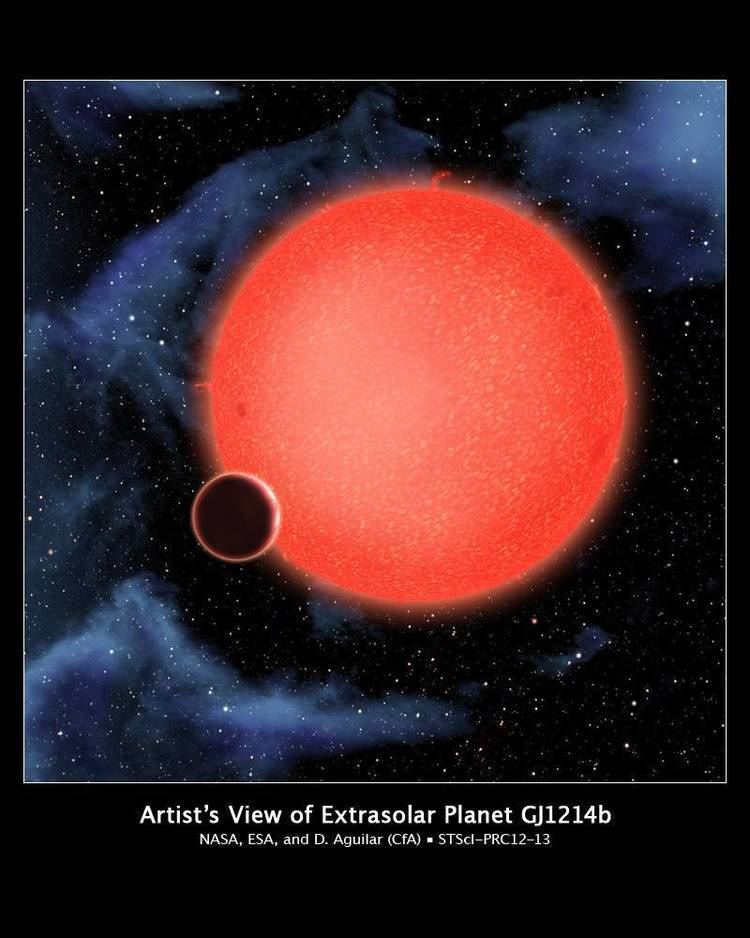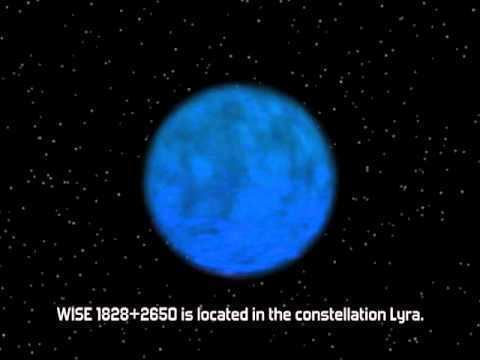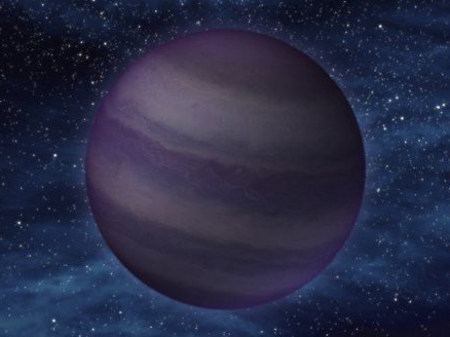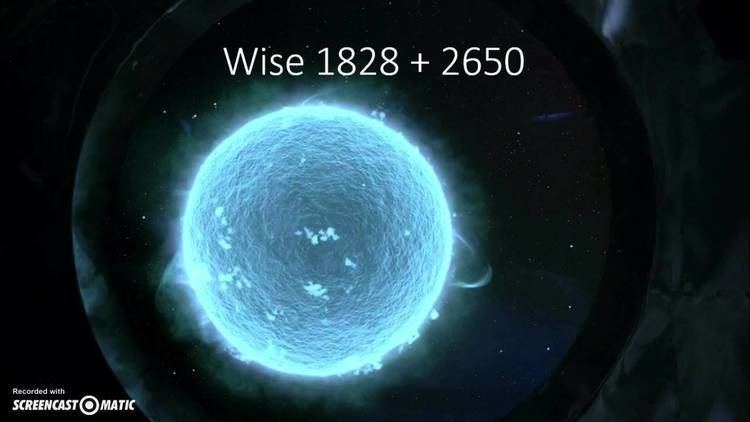Apparent magnitude (J (MKO filter system)) 23.57 ± 0.35 Temperature 250–400 K | ||
 | ||
Distance approx. 47 ly; (approx. 14 pc) People also search for Kappa Lyrae, Delta1 Lyrae, Lambda Lyrae | ||
WISE 1828+2650 (full designation WISEPA J182831.08+265037.8) is a brown dwarf or rogue planet of spectral class >Y2, located in constellation Lyra at approximately 47 light-years from Earth. It is the "archetypal member" of the Y spectral class.
Contents

Discovery

WISE 1828+2650 was discovered in 2011 from data collected by NASA's 40 cm (16 in) Wide-field Infrared Survey Explorer (WISE) space telescope at infrared wavelength. WISE 1828+2650 has two discovery papers: Kirkpatrick et al. (2011) and Cushing et al. (2011), however, basically with the same authors and published nearly simultaneously.

Distance

Currently the most accurate distance estimate of WISE 1828+2650 is a trigonometric parallax, measured using Spitzer Space Telescope and published in 2013 by Trent Dupuy and Adam Kraus: 0.070 ± 0.014 arcsec, corresponding to a distance 14.3+3.6
−2.4 pc, or 46.6+11.6
−7.8 ly.
Proper motion
WISE 1828+2650 has proper motion of about 966 milliarcseconds per year.
Physical properties
Until the discovery of WISE 0855−0714 in 2014 WISE 1828+2650 was considered as the coldest currently known brown dwarf or the first example of free-floating planet (it is not currently known if it is a brown dwarf or a free-floating planet). It has a temperature in the range 250–400 K (−23–127 °C; −10–260 °F) and was initially estimated below 300 K, or about 27 °C (81 °F). It has been assigned the latest known spectral class (>Y2, initially estimated as >Y0).
The mass of WISE 1828+2650 is in the range 0.5–20 MJup for ages of 0.1–10 Gyr.

High tangential velocity of WISE 1828+2650, characteristic of an old disk population, indicates possible age of WISE 1828+2650 in the range 2–4 Gyr, leading to mass estimate of about 3–6 MJup.
WISE 1828+2650 is similar in appearance to the other Y-type object WD 0806-661 B. WD 0806-661 B could have formed as a planet close to its primary, WD 0806-661 A, and later, when the primary became a white dwarf and lost most of its mass, have migrated into a larger orbit of 2500 AU, and similarity between WD 0806-661 B and WISE 1828+2650 may indicate that WISE 1828+2650 had formed in the same way.
Possible binarity
Comparison between WISE 1828+2650 and WD 0806-661 B may suggest that WISE 1828+2650 is a system of two equal-mass objects. Observations with Hubble Space Telescope (HST) and Keck-II LGS-AO system had not revealed binarity, suggesting that if any such companion exists, it would have an orbit less than 0.5 AU, and no evidence for binarity yet exists.
